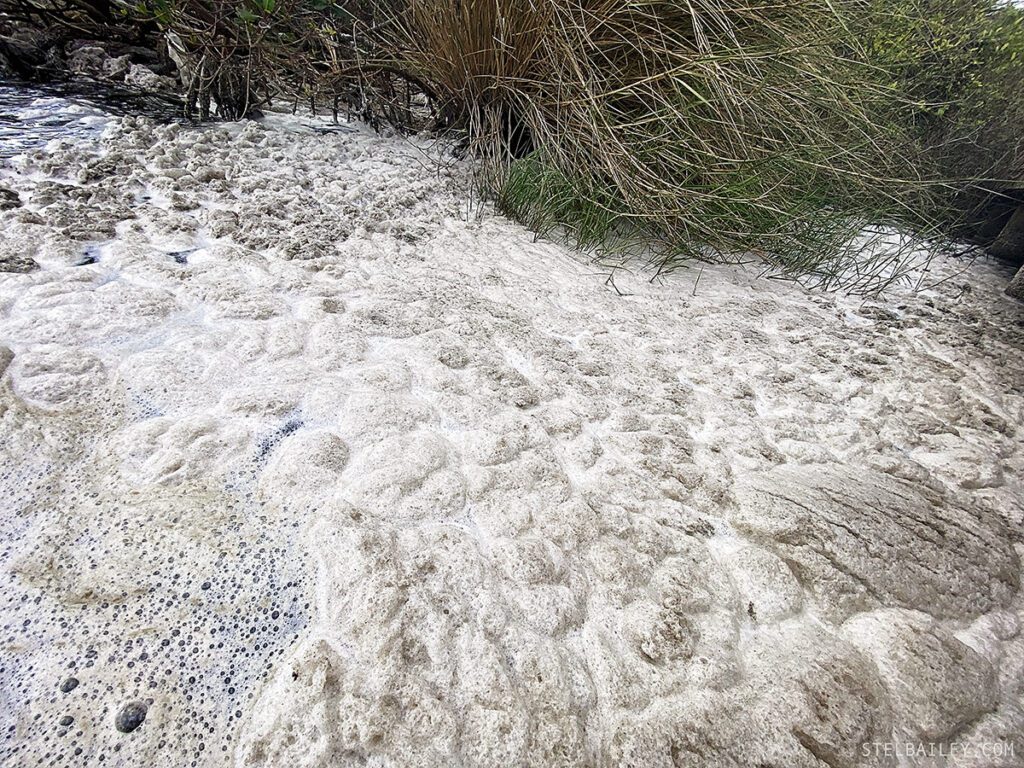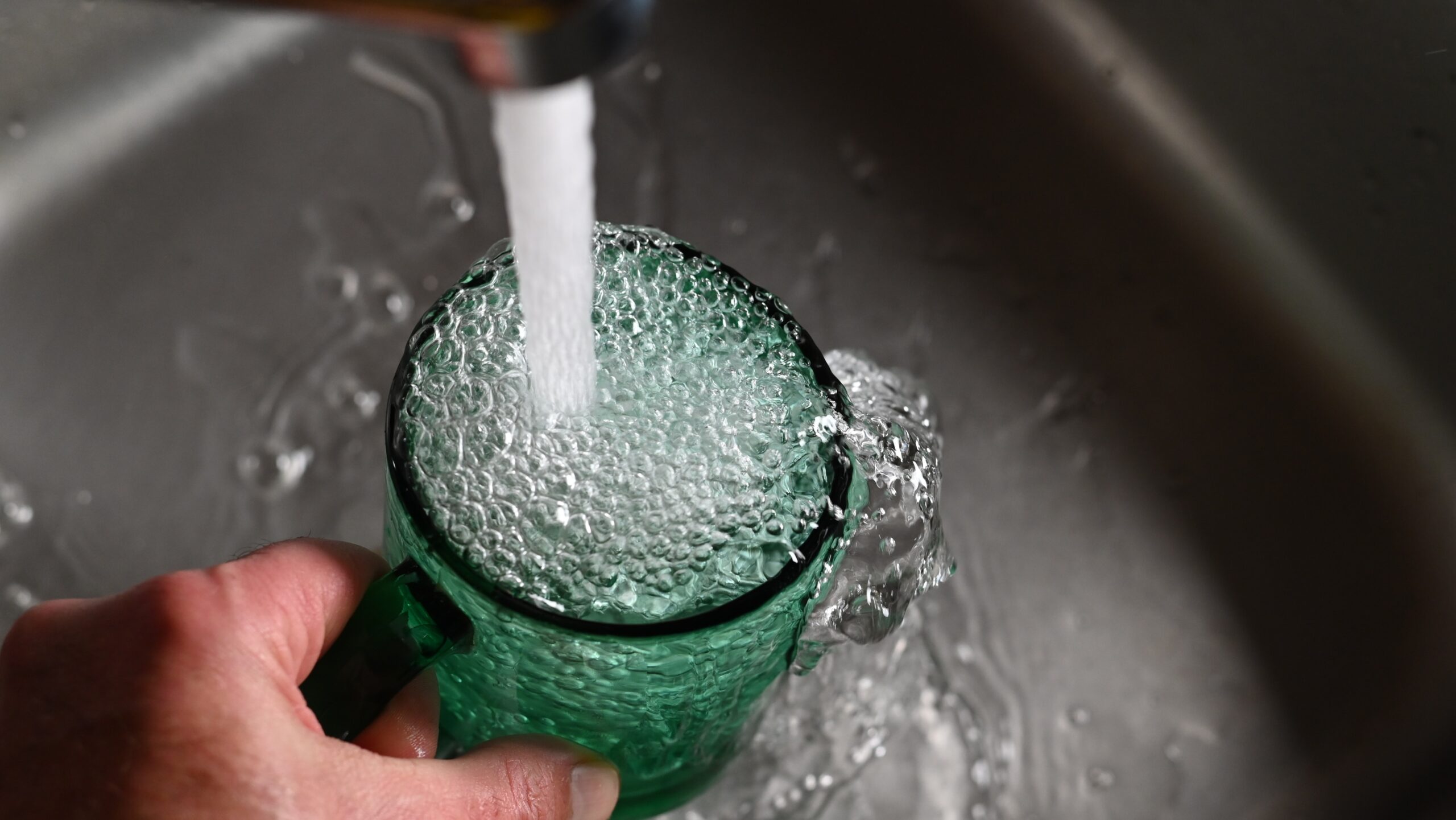WASHINGTON – For the first time, the federal government will require water treatment plants to remove two toxic man-made chemicals that have been linked to serious health problems, such as cancer, thyroid disease, liver damage, and immune system disorders. The Environmental Protection Agency (EPA) proposed limits on six PFAS substances in drinking water.
PFAS are a group of man-made chemicals. These chemicals have contaminated the soil, groundwater, surface water, and drinking water of communities across the nation. Nearly all Americans, including newborn babies, have PFAS in their bloodstream. They do not break down and persist in the environment, and nearly 200 million Americans are exposed to PFAS in their tap water, according to a peer-reviewed 2020 study. The EPA is proposing to regulate 6 PFAS at the federal level:
“EPA’s proposal to establish a national standard for PFAS in drinking water is informed by the best available science and would help provide states with the guidance they need to make decisions that best protect their communities. This action has the potential to prevent tens of thousands of PFAS-related illnesses and marks a major step toward safeguarding all our communities from these dangerous contaminants,” said EPA Administrator Michael S. Regan.
The EPA is proposing to regulate 6 PFAS at the federal level:
- PFOA and PFOS as individual contaminants at 4 parts per trillion (ppt)
- PFHXS, PFNA, PFBS, and HFPO-DA (commonly referred to as GenX Chemicals) together at a Hazardous Index of 1.0 (unitless).
EPA is also proposing health-based, non-enforceable Maximum Contaminant Level Goals (MCLGs) for these PFOA and PFOS at 0 ppt, and at 1 ppt for the PFAS mixture. MCLGs are the maximum level of a contaminant in drinking water where there are no known or anticipated negative health effects allowing for a margin of safety. The proposed rules will be subject to a 60-day public comment period. The proposed rule would require public water systems to:
- Monitor for these PFAS
- Notify the public of the levels of these PFAS
- Reduce the levels of these PFAS in drinking water if they exceed the proposed standards.
Brevard County has made national news for PFAS contamination in recent years because Patrick Space Force Base (previously air force) had the third highest levels detected among United States military bases, according to a 2018 report. The highest level detected at the base was 4.3 million parts per trillion. Patrick SFB, NASA, and Cape Canaveral Space Force Station used firefighting foam with fluorinated chemicals, seeping into groundwater and soil. As far back as the 1970s, the Department of Defense knew that the aqueous film-forming foam used on military bases was toxic.

A 2020 Brevard County water fountain testing project by the nonprofit organization Fight for Zero found detectable levels of PFOA and PFOS in the fountains at Sandpoint Park in Titusville, Howard E. Futch Memorial Park in Melbourne, and Turkey Creek Sanctuary in Palm Bay. The organization then did a TOF analysis for the Guardian and detected 176ppt in Titusville’s drinking water. The organization donated a water filtration system to the family and has continued to be at the forefront of the PFAS contamination crisis in Florida.
The EPA has warned that the compounds pose a greater danger to human health than regulators previously thought. Officials say smaller utilities will have access to federal subsidies and assistance if the new levels are enacted. Agency officials say they expect to complete a final rule by the end of the year.
“This proposal happened because of the organizations, communities, allies, and experts who came together relentlessly for answers, prevention, safety, and health. Our saying has been and always will be that there is no safe level of PFAS in drinking water. These proposed MCLs by the EPA send a strong message to polluters, and I hope the agency will continue to follow the science to protect human health and the environment.” – Stel Bailey of NPCC & Fight for Zero in Brevard County, FL
Fight for Zero will continue to monitor EPA’s progress in developing the drinking water standards and work alongside impacted communities to provide input during the public comment period.
- 2020 study: https://pubs.acs.org/doi/10.1021/acs.estlett.0c00713
- PFAS Map in Florida: https://www.fight4zero.org/pfasmap
- EPA Announcement: https://www.epa.gov/sdwa/and-polyfluoroalkyl-substances-pfas











